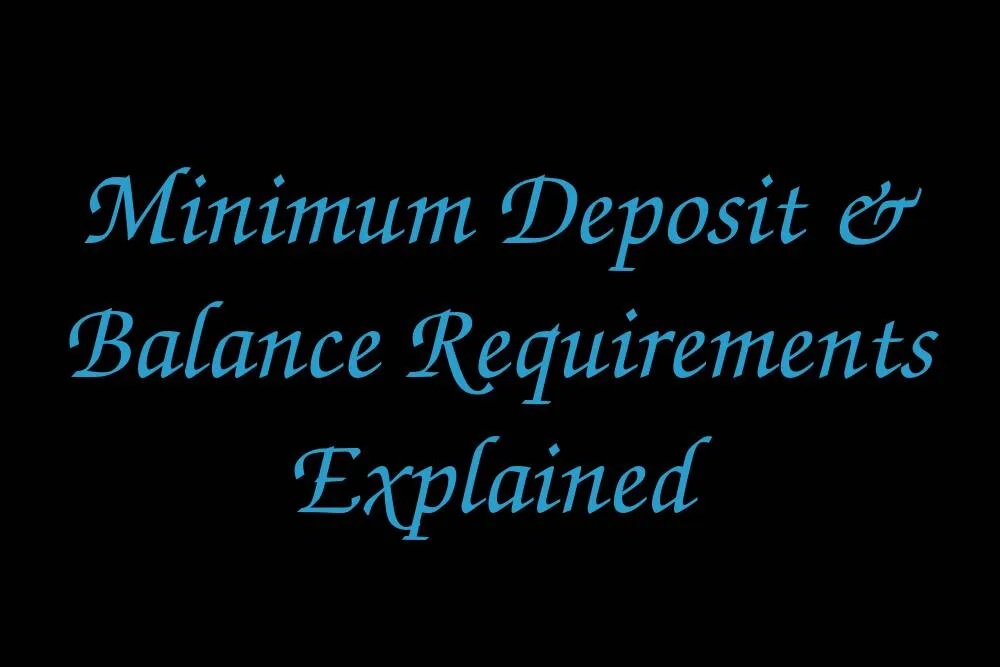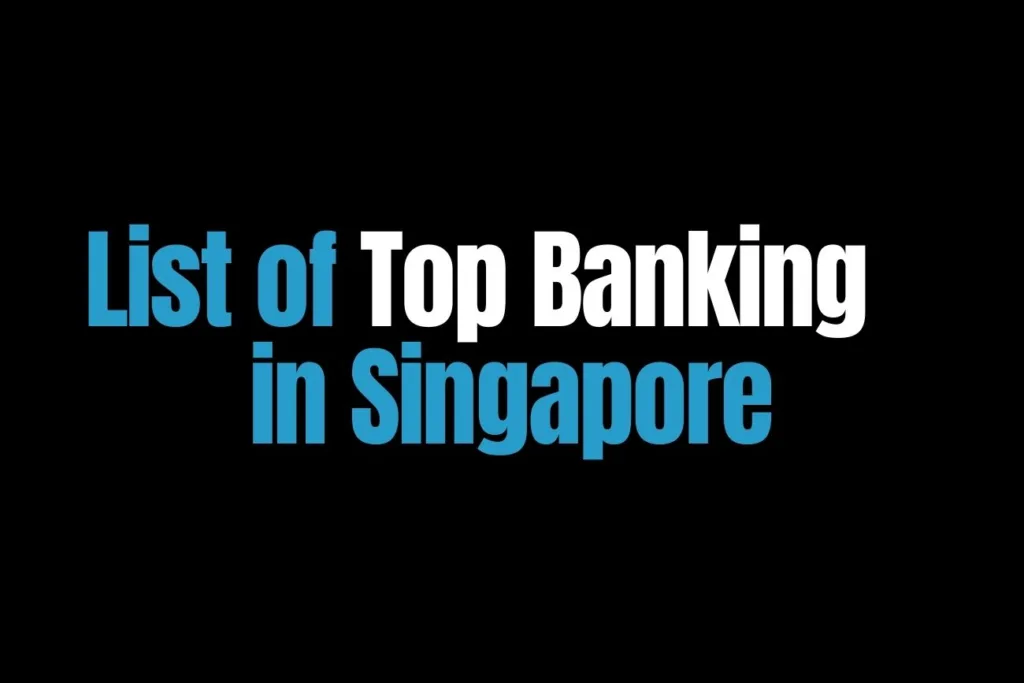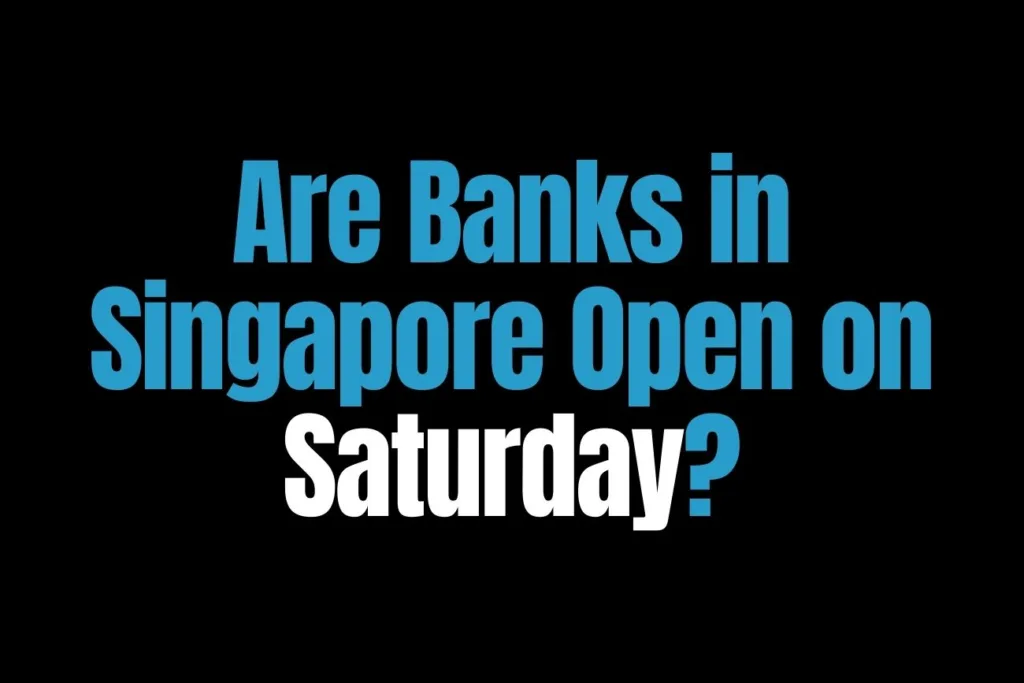Minimum Deposit & Balance Requirements Explained (Singapore)
When you open a bank account in Singapore, two practical thresholds matter most: the minimum initial deposit (what you place when opening the account) and the minimum balance you’re expected to maintain each month. Understanding how banks calculate these figures—and the small “fall-below” fees that can apply—helps you pick the right account and avoid avoidable charges.
Key terms at a glance
- Minimum initial deposit: The amount required to open the account. Some accounts waive this for online applications or certain segments.
- Minimum (average) balance: Often called Average Daily Balance (ADB) or Minimum Average Daily Balance (MADB). It’s the sum of your end-of-day balances over the month, divided by the number of days. Banks use this figure to decide if you met the requirement for that month.
Formal definition example: “Your Average Daily Balance is the total amount of your account balances at the end of each day, divided by the number of days in the month.” - Fall-below (service) fee: A small monthly fee when your ADB is below the account’s stated minimum.
How ADB is computed (simple illustration)
If your end-of-day balances over a 30-day month total S$24,000, your ADB is S$24,000 ÷ 30 = S$800. If your account’s minimum ADB is S$1,000, a fall-below fee would usually apply for that month.
For some multi-currency accounts, banks look at the total SGD-equivalent across all currency “wallets” when checking the ADB. Example: DBS Multiplier’s fall-below check is based on the combined SGD and foreign currency balances.
Typical thresholds & fees in Singapore (selected accounts)
Below are representative examples from leading banks’ official pages. Requirements vary by account type (savings vs. current), age segment, and product features.
| Bank & Account | Minimum Initial Deposit | Minimum ADB | Fall-Below / Service Fee | Source |
|---|---|---|---|---|
| DBS Multiplier (multi-currency) | No initial deposit | S$3,000 (SGD-equivalent across currencies) | S$5/month if ADB < S$3,000 | DBS Multiplier – Fees |
| OCBC Statement Savings | S$1,000 | S$1,000 | S$2/month if ADB < S$1,000 | OCBC Personal Banking Pricing Guide (p.4) |
| OCBC Personal Current Account | S$1,000 | S$3,000 | S$7.50/month if ADB < S$3,000 | OCBC Personal Banking Pricing Guide (p.3) |
| UOB Passbook Savings | S$500 | S$500 | S$1.50/month if ADB < S$500 | UOB Pricing Guide (Savings) |
| UOB i-ACCOUNT (current) | S$1,000 | S$3,000 | S$7.50/month if ADB < S$3,000 + S$2 monthly service charge | UOB Pricing Guide (Current) |
| Standard Chartered e$aver | Not specified | S$1,000 | S$5/month if ADB < S$1,000 | SC Singapore Pricing Guide |
| Standard Chartered JumpStart (18–26) | No minimum deposit (per bank’s overview) | None (for fall-below) | Fall-below fee waived | SC “Compare & Open” (JumpStart) |
| HSBC Everyday Global Account | Not specified | S$2,000 ADB | S$5/month if ADB < S$2,000 (previous month) | HSBC Personal Banking – Fees note |
| Maybank iSAVvy Savings | S$500 | S$500 | S$2/month if ADB < S$500 | Maybank iSAVvy – Fees |
| Maybank SaveUp Account | S$500 (residents) | S$1,000 | S$2/month if ADB < S$1,000 (waiver for customers below 25) | Maybank Savings – Charges |
Note: Many banks waive service fees for the first year on selected accounts, or for specific groups (e.g., youth customers). OCBC’s FRANK, for instance, waives the S$2 fall-below fee for customers under 26.
Why banks set minimums
Minimum balances help banks price low-cost transactional accounts sustainably. In exchange, customers usually enjoy fee-free digital transfers, ATM access, and account features that would otherwise carry a monthly charge.
Ways to avoid fall-below fees
- Choose an account that matches your typical balance. If you expect to keep under S$1,000 on average, consider products with lower (or no) minimum balance requirements, such as youth-focused accounts like JumpStart.
- Use multi-currency aggregation to your advantage. On some accounts, SGD and foreign currency sub-balances are combined toward the ADB threshold.
- Watch the monthly average. A large mid-month withdrawal may pull the average below the threshold, even if your end-of-month balance looks healthy.
- Look for first-year or age-based waivers. Several banks waive fees for the first 12 months or for younger account holders.
Current accounts vs. savings accounts
In Singapore, current (chequeing) accounts usually carry higher ADB requirements and slightly higher fall-below fees than basic savings accounts, reflecting their added payment features. Examples include OCBC Personal Current (S$3,000 ADB; S$7.50/month) and UOB current/i-ACCOUNT (S$3,000 ADB; S$7.50/month).
Multi-currency and foreign-currency accounts
Many banks offer multi-currency accounts that calculate the ADB on the combined SGD-equivalent across currency wallets (e.g., DBS Multiplier). Requirements and fees can differ for foreign-currency current accounts, so check the specific tariff page before applying.
Quick checklist before you open an account
- Confirm the minimum initial deposit and whether online account opening waives it.
- Note the ADB threshold and how the bank defines ADB for your account.
- Check the fall-below fee and any first-year/age-based waivers.
- For multi-currency products, verify if balances are aggregated across currencies.
Important reminder
For any decision that affects your money, always verify the latest thresholds and fees on the bank’s official page. Banks update tariffs from time to time, and promotional waivers may apply.
References (official pages)
- DBS/POSB – Deposit Account Minimum Balance Service Charge (ADB definition)
- DBS – DBS Multiplier – Fees and fall-below details
- OCBC – Personal Banking Pricing Guide (accounts & fall-below fees)
- UOB – Pricing Guide for Singapore Dollar Deposit Accounts
- Standard Chartered – Pricing Guide (e$aver, Bonus$aver, JumpStart, etc.)
- Standard Chartered – Compare & Open – JumpStart overview
- HSBC – Personal Banking – EGA minimum balance fee note
- Maybank – iSAVvy Savings Account – charges
- Maybank – Savings Account charges (SaveUp Account)


